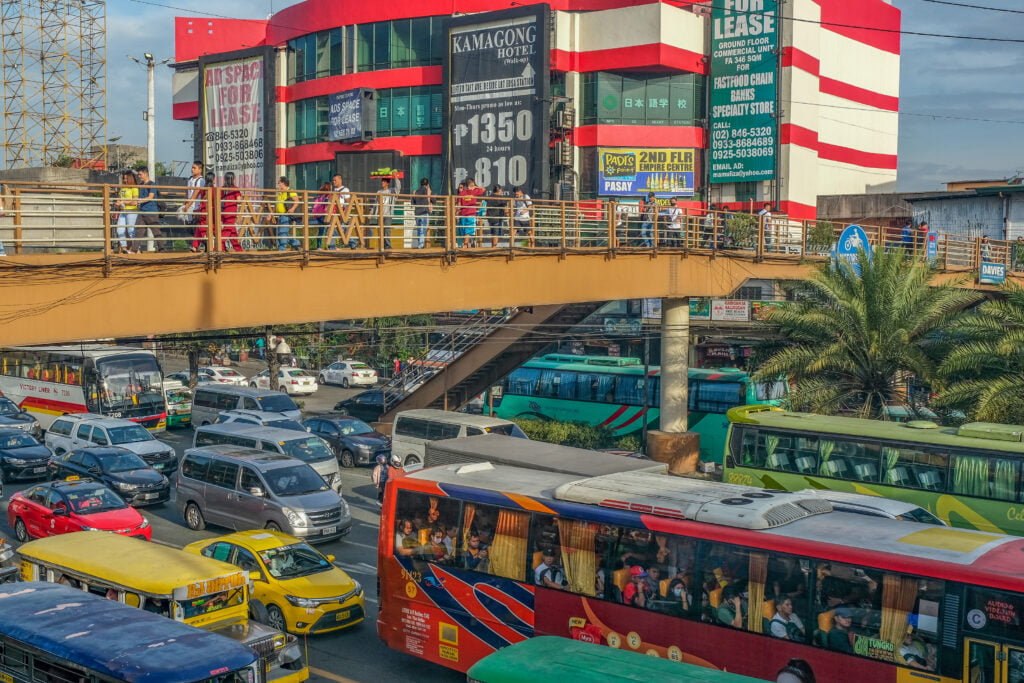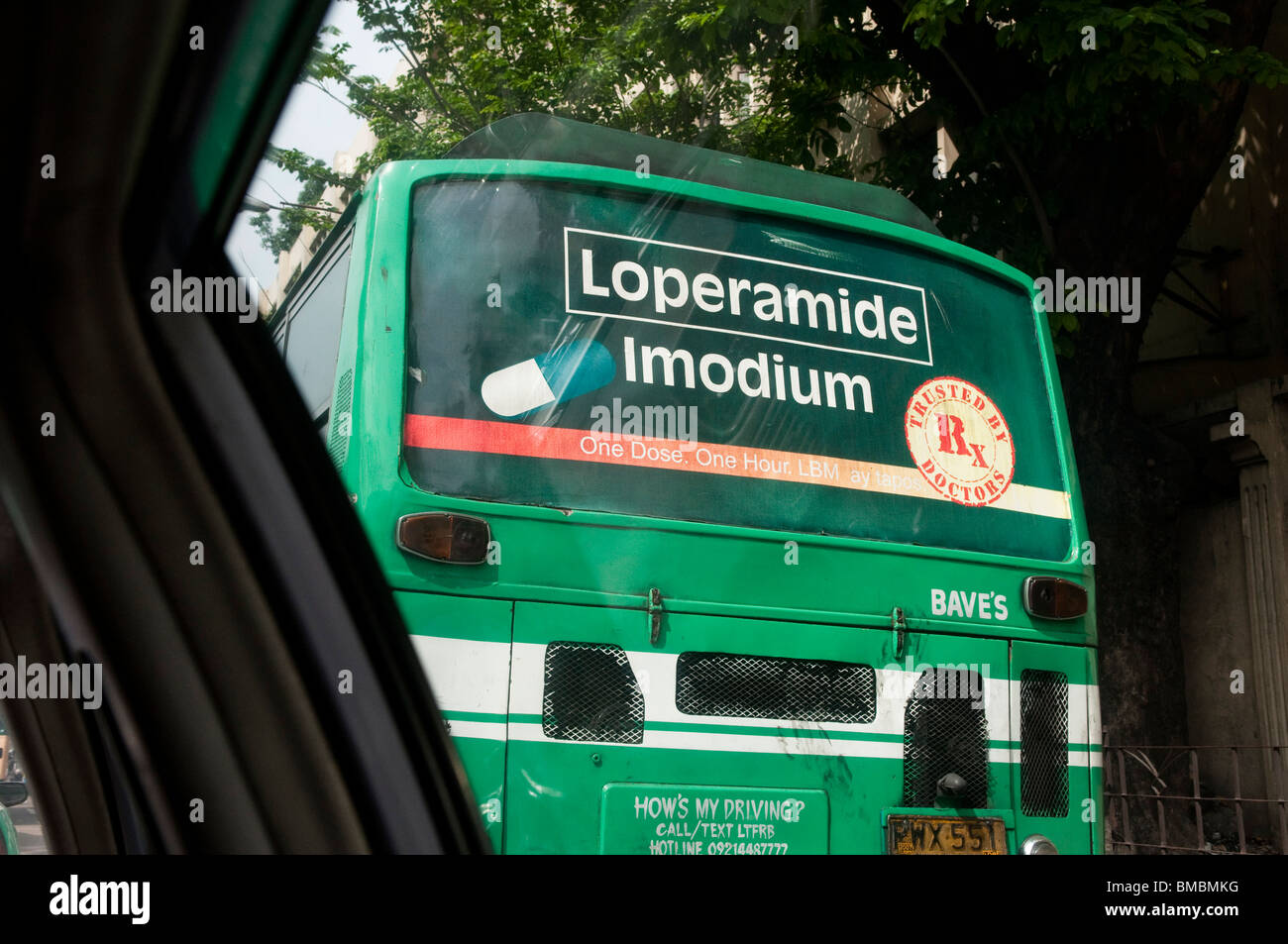An In-depth Assessment of the Strategies and Methods for Effective Transportation Marketing Campaigns
Transportation advertising projects supply an unique possibility for brand names to involve with varied audiences in dynamic atmospheres. As we discover these important components, it becomes clear that the path to an impactful transportation advertising strategy is both elaborate and satisfying, increasing the question of how finest to navigate these intricacies for optimal brand presence.
Recognizing Target Demographics
Recognizing target demographics is vital for the success of transit ad campaign (Transit Advertising Philippines). Recognizing certain target market sectors makes it possible for advertisers to tailor their messages efficiently, ensuring that the material reverberates with the designated viewers. This strategy boosts interaction and makes the most of roi
To properly analyze target demographics, marketing professionals have to consider numerous key aspects, consisting of age, income profession, lifestyle, and level choices. For instance, a project aimed at young professionals may concentrate on comfort and modernity, while one targeting family members could highlight safety and integrity. Furthermore, geographical aspects such as rural versus urban setups can dramatically influence customer habits and preferences.
Data collection methods such as studies, focus teams, and social media sites analytics offer valuable understandings right into market trends and customer behaviors. By leveraging this info, marketers can craft compelling stories that align with the worths and requirements of their target market.
Eventually, understanding target demographics not only notifies the calculated direction of transportation ad campaign yet additionally ensures that sources are designated effectively. This targeted approach raises the likelihood of achieving campaign objectives, cultivating brand name loyalty, and driving conversions.
Creative Layout Strategies
Efficient communication with target demographics counts heavily on cutting-edge imaginative style strategies en route ad campaign. To efficiently capture attention in a jampacked aesthetic setting, developers need to focus on quality and aesthetic influence. Making use of bold shades and high-contrast elements can improve presence, making sure that messages are conveniently clear from a range.
Incorporating vibrant images that resonates with the target market is important. Visual narration methods can evoke emotions and create unforgettable associations with the brand name. Additionally, calculated use typography aids share vital info swiftly; suitable sizes and clear fonts even more boost readability.
Integrating interactive components, such as QR codes or increased fact functions, can engage travelers past easy observation (Transit Advertising Philippines). These techniques not just promote customer interaction yet additionally connect the gap in between traditional marketing and digital interaction
Furthermore, using space artistically-- whether on bus covers, transportation shelters, or subway ads-- can result in cutting-edge layouts that break the mold and mildew of traditional marketing. By welcoming imaginative imagination while keeping brand uniformity, campaigns can cultivate a solid link with their target market, eventually driving both recognition and action. The assimilation of these design strategies is vital for attaining effective transit advertising and marketing results.
Strategic Positioning Approaches
Taking full advantage of the influence of transportation advertising and marketing hinges on calculated placement techniques that ensure optimum presence and engagement. Efficient placement includes comprehending and assessing high-traffic areas guest a fantastic read demographics to identify the most beneficial locations for advertisement display screens. For example, positioning ads near entrances and departures of transportation vehicles can catch the attention of boarding and touching down guests, thus improving direct exposure.
Additionally, utilizing both external and interior surface areas of transportation automobiles can considerably broaden reach. Outside ads, visible during commutes, involve pedestrians and various other vehicle drivers, while indoor ads target guests in a captive setting. In addition, positioning promotions en route hubs, such as bus terminals or train terminals, permits raised impacts as commuters change between various settings of transport.
Timing is likewise important; straightening the campaign launch with peak traveling durations maximizes audience involvement - Transit Advertising Philippines. Furthermore, leveraging digital displays in transit settings can assist in dynamic web content, giving real-time updates and improving individual interaction. By employing these calculated placement approaches, marketers can ensure that their transportation marketing campaign attain maximum visibility, reverberate with the target market, and ultimately drive wanted outcomes

Gauging Campaign Efficiency
To analyze sites the success of transit marketing campaign, it is vital to employ a variety of measurement strategies that provide understandings right into audience interaction and general effectiveness. One main technique is making use of essential performance indications (KPIs), such as reach, perceptions, and engagement prices, which quantify the number of individuals connected and saw the promotion with it.
Studies and focus teams can also be important in assessing consumer understandings and recall, allowing online marketers to comprehend the effect of their messaging. In addition, tracking site web traffic and social media sites interaction during and after the project aids measure direct responses to the advertising and marketing.
Another effective technique is making use of location-based analytics, which can give information walking traffic around specific transit places, providing understandings right into whether the campaign successfully caught the focus of commuters. Additionally, examining sales data can disclose connections between transit advertising and marketing and increased earnings, giving substantial evidence of a project's performance.
Situation Studies of Success
Comprehending the effectiveness of transit marketing projects via dimension methods lays the groundwork for checking out real-world instances that highlight effective end results. By employing geo-targeted digital advertisements and analytics, the brand name gauged a 30% increase in sales in regions where the wraps were prominently displayed, demonstrating the straight effect of transit advertising.
Another compelling instance comes from a local nonprofit company that introduced a campaign on subway platforms to advertise a neighborhood event. The use of straight interaction with innovation amplified the project's reach and efficiency.

Final Thought
In recap, effective transit marketing campaigns require a thorough technique that incorporates an understanding of target demographics, cutting-edge design strategies, and strategic positioning. Jointly, these methods foster brand name visibility and maximize the return on financial investment check this site out in transit advertising initiatives.
Understanding target demographics is critical for the success of transportation marketing projects.Effective communication with target demographics relies greatly on innovative imaginative layout techniques in transportation marketing projects. By employing these tactical positioning techniques, marketing experts can make certain that their transit marketing campaigns accomplish optimal presence, reverberate with the target audience, and ultimately drive wanted end results.
Recognizing the efficiency of transit advertising projects through measurement strategies lays the groundwork for analyzing real-world examples that highlight successful end results.In summary, effective transit advertising projects require a comprehensive approach that integrates an understanding of target demographics, cutting-edge design techniques, and critical positioning.